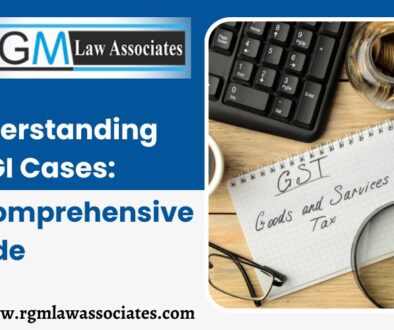ASMT-10 in GST: A Comprehensive Guide
What is ASMT-10?
ASMT-10 is a form issued by the GST authorities in India under Section 61 of the CGST Act, 2017, and Rule 99 of the CGST Rules, 2017. It serves as a scrutiny notice, informing taxpayers about any discrepancies or inconsistencies identified in their filed GST returns.
Why is ASMT-10 issued?
The GST department scrutinizes taxpayer returns based on various factors, including:
- Risk parameters: This could involve high-value transactions, significant input tax credit (ITC) claims, or mismatch with third-party information.
- Inconsistencies within the return: For example, discrepancies between turnover declared and tax paid on comparing GSTR-1 and GSTR-3B or GSTR-1 and E-way Bill facility. Discrepancy may be in ITC availed in comparison of GSTR-2A vs GSTR-3B.
What does ASMT-10 contain?
The notice details the identified discrepancies, including:
- Tax period involved
- Specific areas of inconsistency
- Quantum of tax, interest, and penalty (if applicable)
- A deadline for response (usually 30 days)
- Department generally asks various information and documents corresponding to inconsistency and also to find other facts such as if payment to supplier is made within 180 days or not, Export details, RCM details, calculation of reversal on exempted goods, purchase from cancelled suppliers etc.
What should you do if you receive ASMT-10?
- Seek professional advice: Consulting a tax consultant/Tax Advocate is crucial to understand the allegations and strategize an appropriate response.
- Review the notice carefully: Understand the discrepancies highlighted and gather supporting documents to explain any genuine errors.
- Respond within the stipulated time frame: Failure to respond could lead to further action, including demand for tax and penalty, and even prosecution. If due to any reason, the response cannot be filed within the stipulated time, seek for extension of time.
- Choose the appropriate response:
- If you agree with the discrepancies: Acknowledge the error, make any necessary payments, and file a revised return, wherever possible. Use Form GST ASMT-11 for your response.
- If you disagree with the discrepancies: Provide a detailed explanation with supporting documents to justify your position. Quote relevant GST section, Rules, Notification, Circular, etc. Also, quote relevant case laws supporting your claim. Use Form GST ASMT-11 for a reply.
Remember, this information is for general understanding only and should not be construed as professional tax advice. If you have specific questions about ASMT-10 or your situation, it is best to consult with us. Contact Now.
Or
Feel free to connect with us on social media platforms:
Facebook: https://www.facebook.com/Rgmlawassociates
Instagram: https://www.instagram.com/rgmlawassociates/




